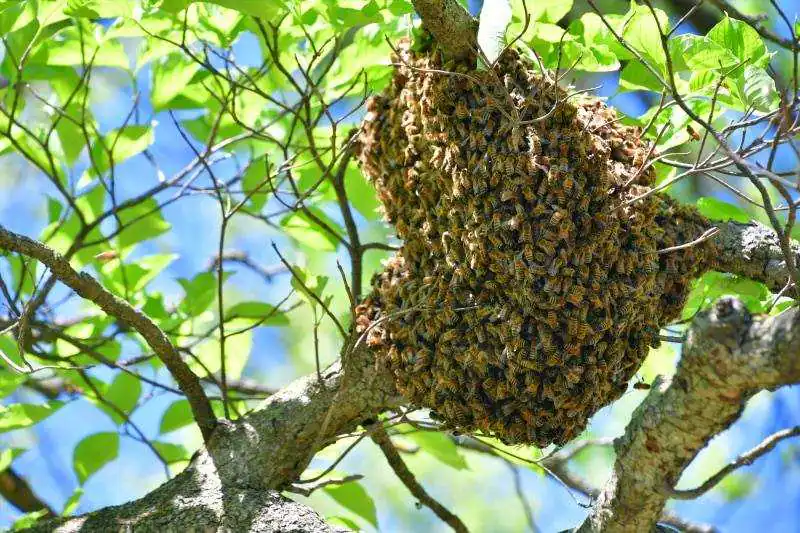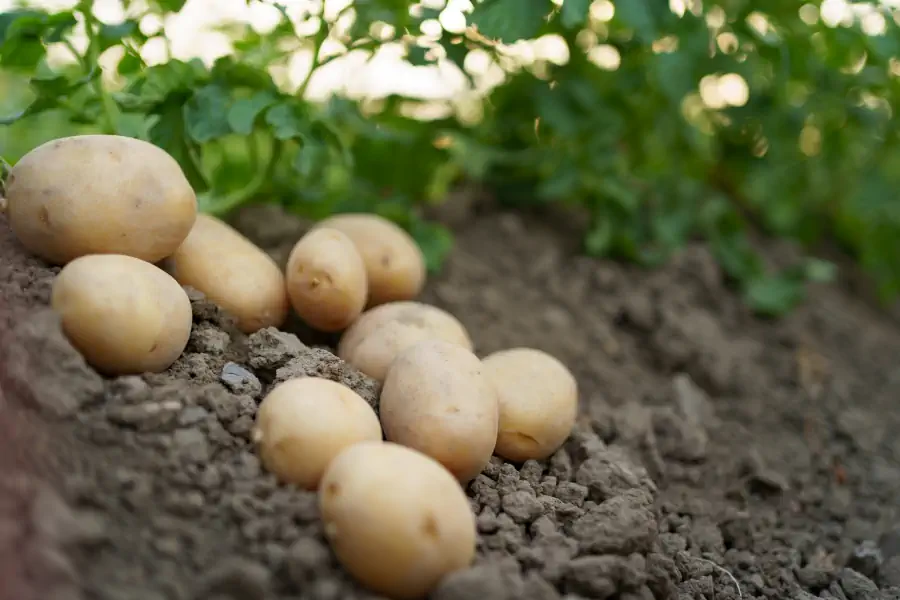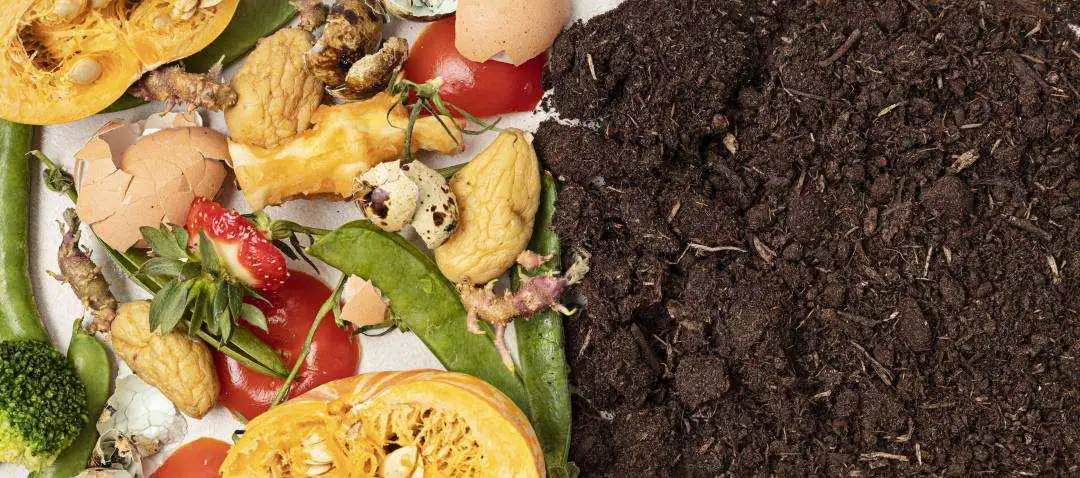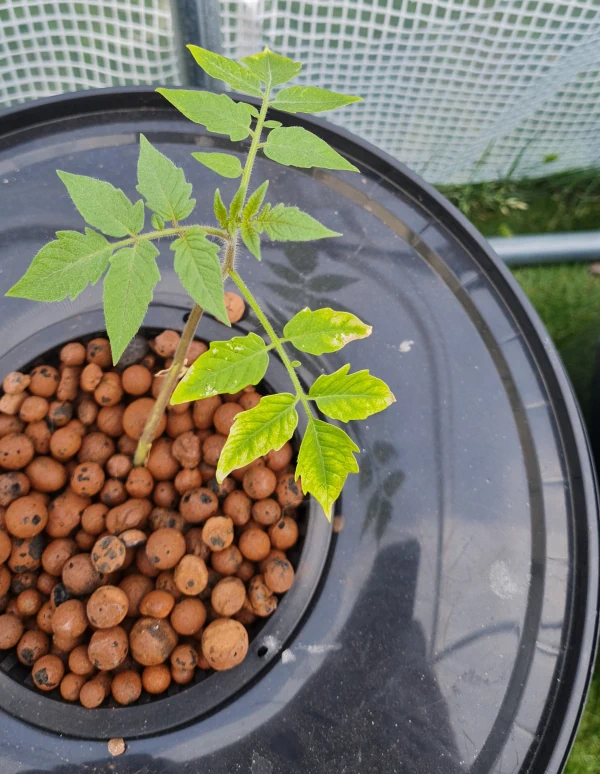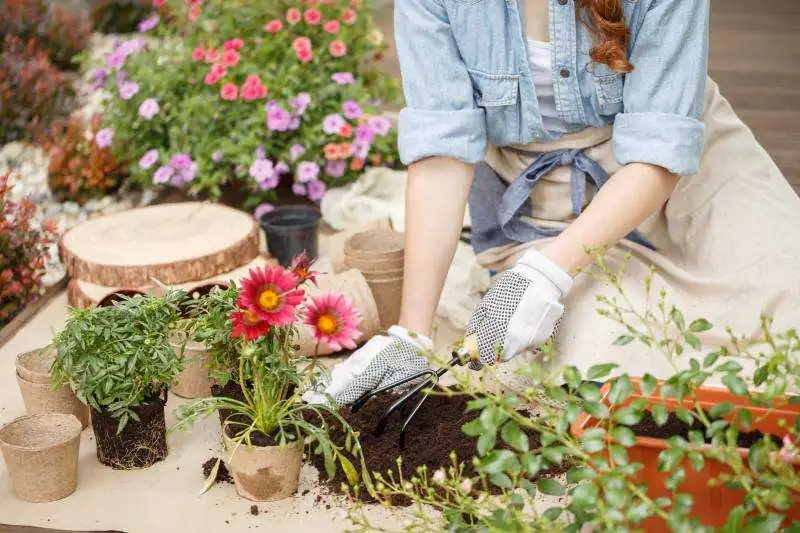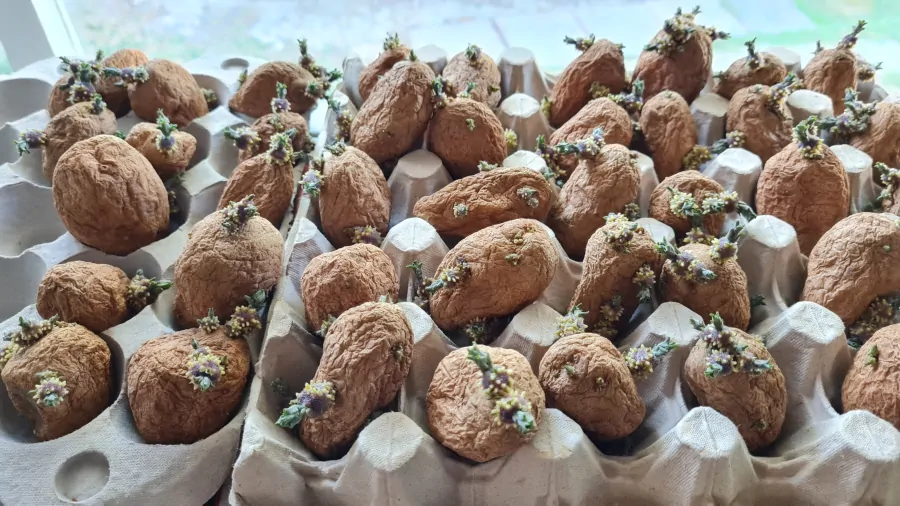Introduction
Most of us have come across a honey bee or two but what if you discover that they have made a home somewhere in your garden? It is important to know how to approach the bee removal process and to make sure you know what to do.
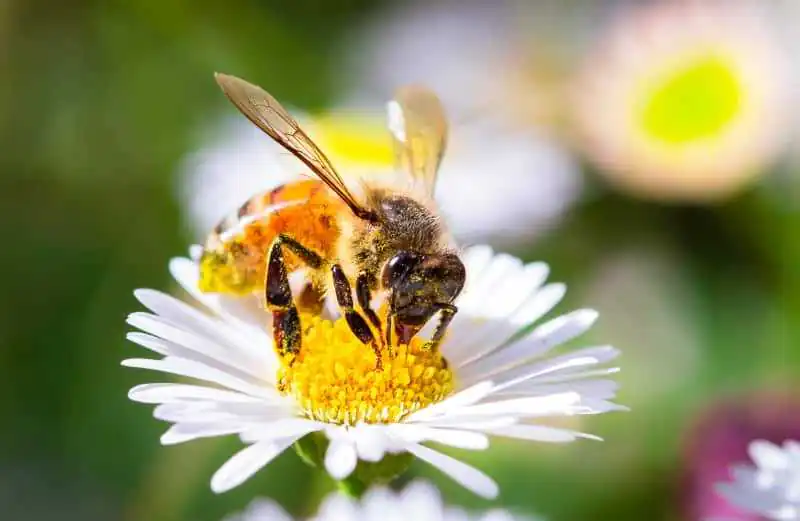
First of all, honey bees are a crucial part of our ecosystem and gardens. They are known for their distinctive black and yellow striped bodies and are easily recognizable in their natural habitat. However, many people are unaware of just how important honey bees are to our environment and the production of food. Honey bees are essential pollinators, meaning they transfer pollen from the male part of a flower to the female part. This allows plants to reproduce, which is great for our gardens! Without honey bees, many plants would be unable to produce fruits and vegetables, and the entire ecosystem would suffer. In fact, honey bees are responsible for pollinating one-third of the food we eat, including fruits, vegetables, nuts, and seeds.
Despite their importance, honey bees can become a nuisance. They can even be a danger when they build their hives in residential areas. If you have a bee infestation in your home or garden, you should act. It is important to take steps to safely and humanely remove the bees.
In this article, we will discuss the importance of honey bees, the risks of having a bee hive in your home or garden, and the steps you can take to control and remove bees.
Honey Bees: Description and Importance
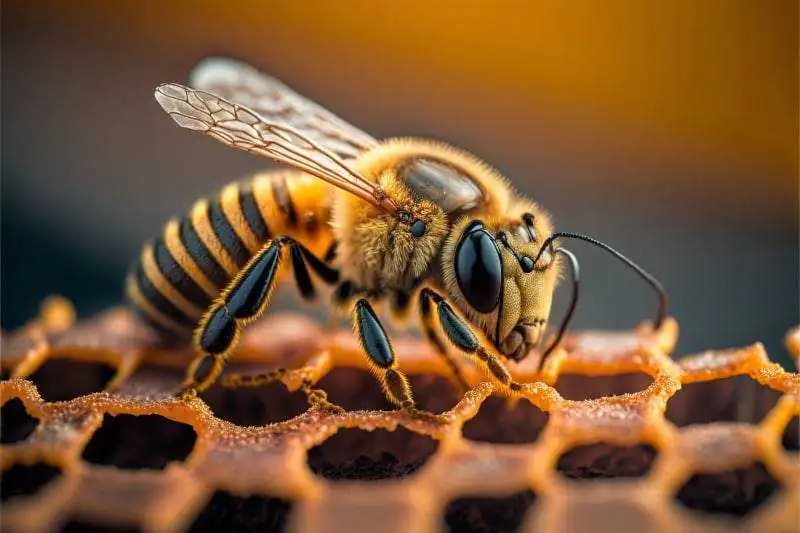
Honey bees are small, fuzzy insects that play a vital role in our ecosystem and gardens. They are known for their distinctive black and yellow striped bodies and are easily recognizable in their natural habitat. Honey bees live in large colonies and have a hierarchical social structure. The Queen bee, who lays eggs and worker bees who perform different tasks within the hive. Honey bees are important pollinators. This means they transfer pollen from the male part of a flower to the female part, allowing plants to reproduce. Without honey bees, many plants would be unable to produce fruits and vegetables, and the entire ecosystem would suffer. Honey bees are also responsible for pollinating one-third of the food we eat, including fruits, vegetables, nuts, and seeds.
In addition to their role as pollinators, honey bees also produce honey, a natural sweetener that has been enjoyed by humans for thousands of years. Honey is not only delicious but also has many health benefits, such as antibacterial properties and antioxidants.
Bee Hives in Residential Gardens
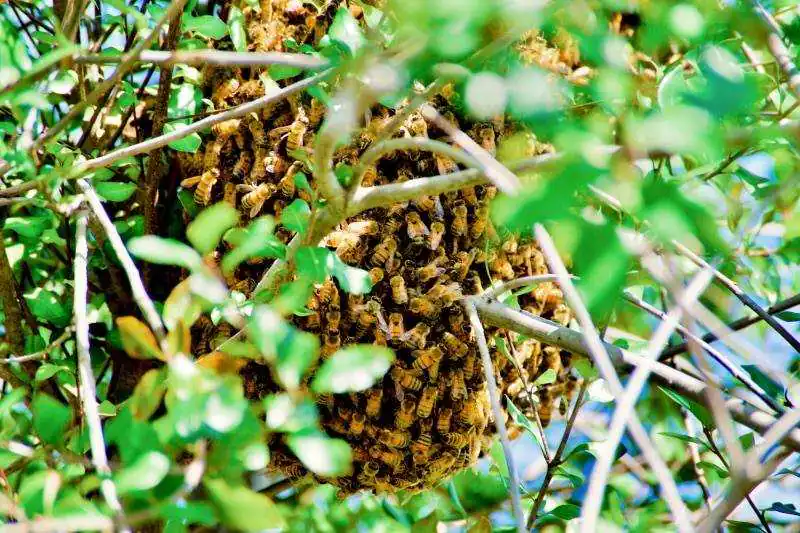
Honey bees typically build their hives in secluded areas, such as tree cavities, wall voids, or other sheltered spaces. This can include areas in and around residential gardens, such as inside walls or roofs of houses, sheds, or other structures.
While honey bees are generally not aggressive and will not sting unless provoked. That being said, having a beehive in your garden can pose a risk. This is especially true for those who are allergic to bee stings. Carpenter bees are another type of bee that can cause damage to wood structures and may require bee pest control.
In addition to the health risks, having a beehive in your garden can also cause damage to the surrounding area. The bees may create a mess with their wax and honey. The hive may also attract other pests, such as ants or mice. If the hive is not removed, it can grow larger over time. This may potentially lead to damage of the surrounding area or attracting other pests.
What to Do When You Find a Beehive in Your Garden
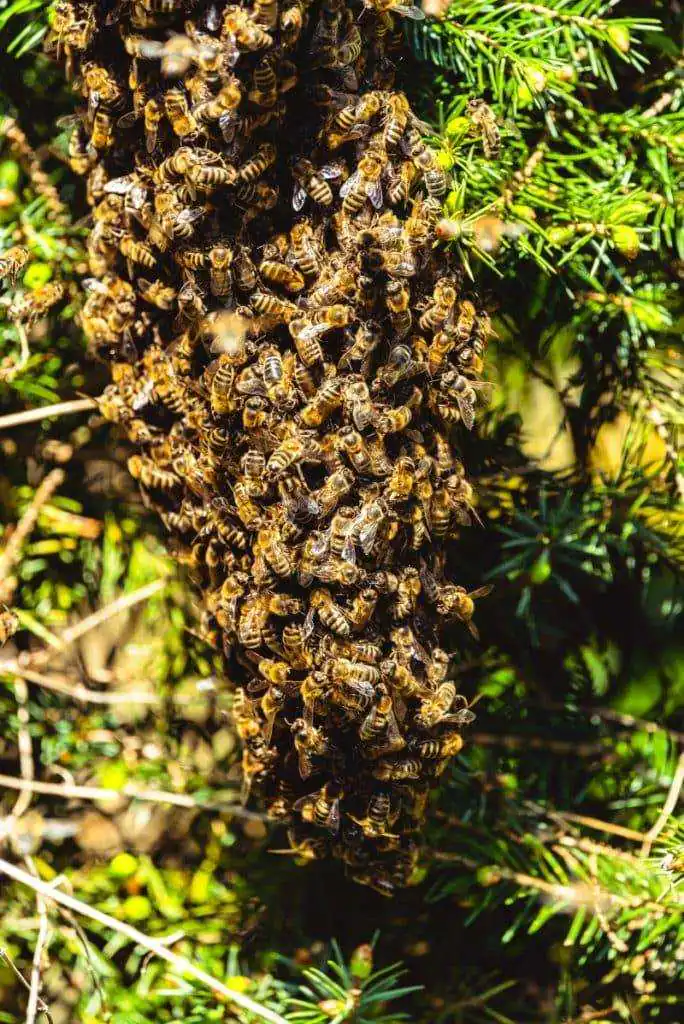
If you discover a beehive in your garden, it is important to take the proper steps to remove it safely and humanely. The first step is to identify the type of bees you are dealing with. You should not mistake the honey bees for other types of bees or wasps. Once you have determined that the bees are indeed honey bees, it is important not to attempt to remove the hive on your own. This can be dangerous and may cause the bees to become agitated and aggressive.
Instead, you should contact a bee removal service, bee collector,
or pest control company who has the proper equipment and expertise to remove the hive safely and humanely. Before the professional arrives, it is important to prepare the area by removing any obstructions or potential hazards. This may include removal of things such as loose branches or debris. It is also a good idea to keep pets and children away from the area until the hive has been removed.
The bee removal service or pest control company will assess the situation and determine the best course of action. In some cases, they may be able to remove the hive without killing the bees. In other cases, they will need to destroy the hive to prevent the bees from returning to the area. If possible, the bees will be relocated to a new hive in a remote location where they can continue to thrive and pollinate plants.
Why Bee Removal and Relocate the Hive?

That is why removing bees and relocation is a win-win for people and bees.
It is important to remove bee hives safely and humanely, as honey bees are important pollinators it should be our duty to protect them whenever possible. Rather than exterminating the bees, which can have a negative impact on the environment and our food supply, it is best to relocate them to a new hive in a remote location. This not only protects the bees but also helps to maintain a healthy ecosystem and promote biodiversity.
In addition, removing a beehive from your garden can help prevent future infestations. Bees are attracted to areas with established hives, so removing the hive can help discourage bees from returning to the area in the future.
Bee Removal and Relocation Process
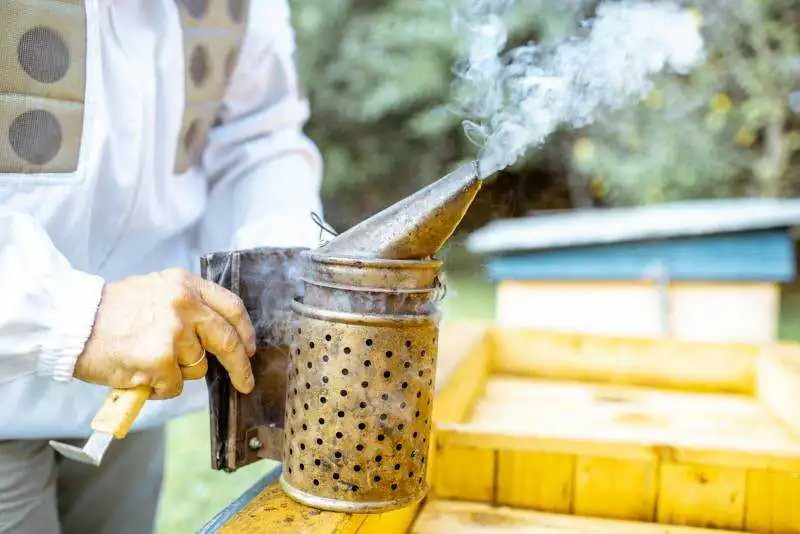
The process of bee control and relocation can vary depending on the size and location of the hive, as well as the number of bees involved. A bee removal service or beekeeper will carefully remove the hive, making sure not to harm the bees in the process. They will then transport the hive to a new location where the bees can continue to thrive and pollinate plants. The new hive will have everything needed to support the bees. This includes neccesities such as food and water sources.
The beekeeper or pest control company may use specialized equipment, such as a bee vacuum or smoker, to safely remove the bees from the hive. The smoker produces a cool, dense smoke that mimics the natural smell of a forest fire. This then prompts the bees to start feeding on honey and become less defensive. The beekeeper or pest control professional will also wear protective gear, including a bee suit, gloves, and a veil, to protect themselves from bee stings.
The timeframe for relocating a beehive can vary depending on the size of the hive and the number of bees involved. However, a professional beekeeper or pest control company will typically be able to remove and relocate the hive within a few hours.
Conclusion: Bee Removal
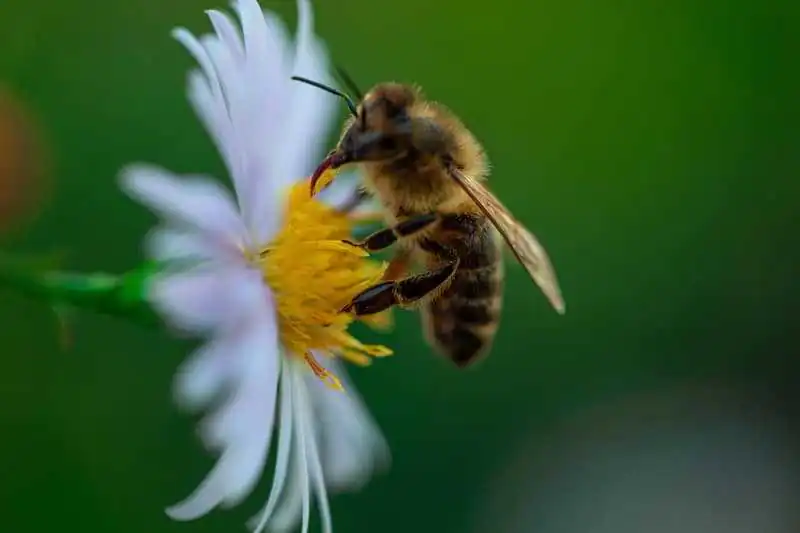
Honey bees are an important part of our ecosystem and food supply. They can become a nuisance and even a danger when they build their hives in residential areas. If you discover a beehive in your garden, it is important to take the proper steps to remove it safely and humanely.
By contacting a professional bee removal service, bee collector, or pest control company, you can ensure the relocation of the bees to a new hive in a remote location and that your garden remains safe and healthy.
Remember, honey bees are essential to our environment and we should protect them whenever possible. By taking the proper steps to control and remove bee hives, we can help maintain a healthy ecosystem and promote biodiversity.
Helpful links:
American Beekeeping Federation Website: Unwanted Bees and Bee Removal
British Beekeepers Association Website: Swarm Removal
South African Bee Industry Organization: Honey Bee Removal Services
Australia The Beekeepers Club Inc : Bee Swarm Collection

